Jelen – Anlage Mitte
About five kilometers east of the city Tomaszow Mazowiecki in central Poland, the Germans secretly began building a Führer headquarters in autumn 1940. It actually consisted of two places where one was built in a wooded area next to a small town called Konewka and the other about six kilometers south in Jelen. Both projects were part of the preparation of Operation Barbarossa, the German attack on Soviet Union planned for the spring/summer of 1941. Both sites were surrounded by a few roads and dense forest, which made them ideal from a security perspective. The proximity of existing railway lines also contributed to the choice of sites.
Both places were called anlage mitte and when they were finished, construction begun on two other potential headquarters in line with the attack on Soviet Union. One was built about twenty kilometres south of Rzeszow in south-eastern Poland and one was built outside Ketrzyn in north-eastern Poland. They were called Süd and Nord respective. They were geographical spread out to give Hitler several options from where he could lead the war against the Soviet Union depending on how the military situation developed.
At Konewka, a 380-metre-long camouflaged concrete tunnel was built supposed to protect Hitler’s special train when he was at the site. Next to the tunnel, several service and maintenance bunkers were built. The tunnel in Jelen was largely identical except that it was 355 meters and slightly bent in construction. Both projects were characterized by a high secrecy and those who worked on the projects were not prisoners from concentration camps or prisoners of war. Both facilities were also heavily guarded. Anlage mitte, however, never came to be used for its purpose as a Führerheadquarter. Hitler and the army command chosed the one outside Ketrzyn, more known as Wolfschanze, as headquarter. It was from there Hitler came to lead the war, not only against Soviet Union, but the entire war.
Hitler never visted Mitte and the place was never used for the military purposes. The reason for this was due the rapid German offensive in the summer of 1941, which meant that the centre was too far from the front and was therefore not suitable for its purpose. The tunnel in Konewka was instead used as an ammunition storage in 1942, and the tunnel in Jelen was used as a repair shop for aircraft engines in 1944. Konewka was, however, kept in readiness until the summer of 1944 for its original purpose, but this never became a reality. In January 1945, the Germans abandoned Konewka and Jelen without having significantly destroyed the facilities.
Current status: Preserved (2013).
Location: 51° 30' 10.39" N 20° 04' 39.52" E
Get there: Car.
Follow up in books: Seidler, Franz W. & Zeigert, Dieter: Hitler’s secret headquarters (2004).
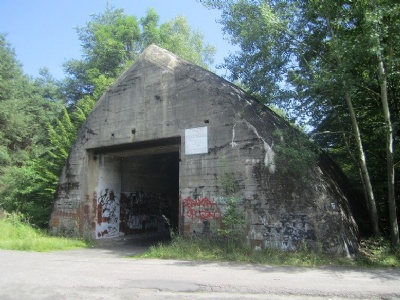

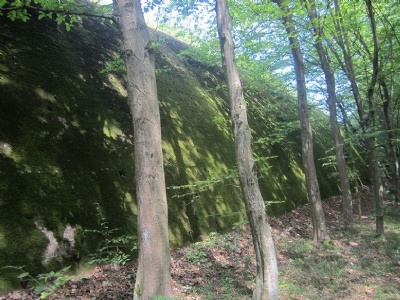
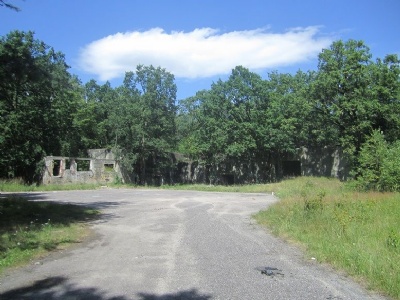

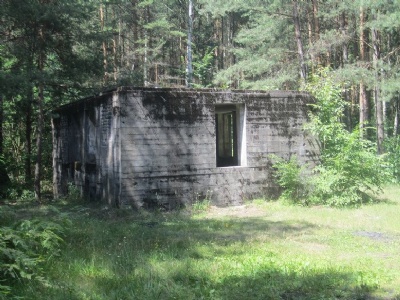
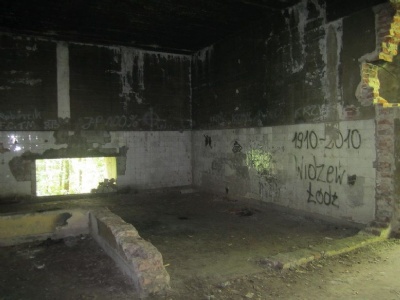
The tunnel in Jelen is, unlike the tunnel in Konewka, abandoned. But the proximity to both main routes and bigger cities makes people visit them occasionally. The bunkers are filled with graffiti and for the adventurous, just bring a flashlight and walk through the tunnel from one side to the other.